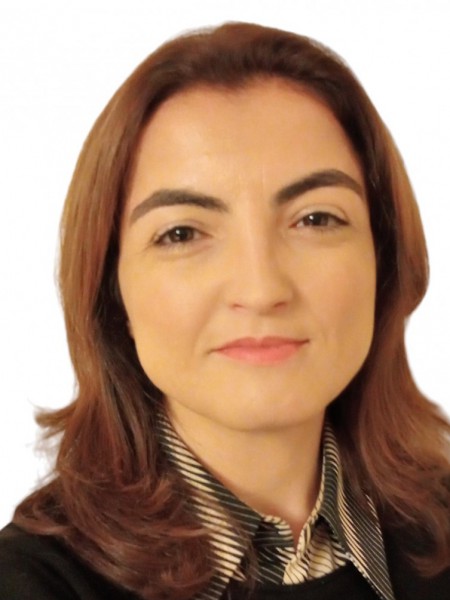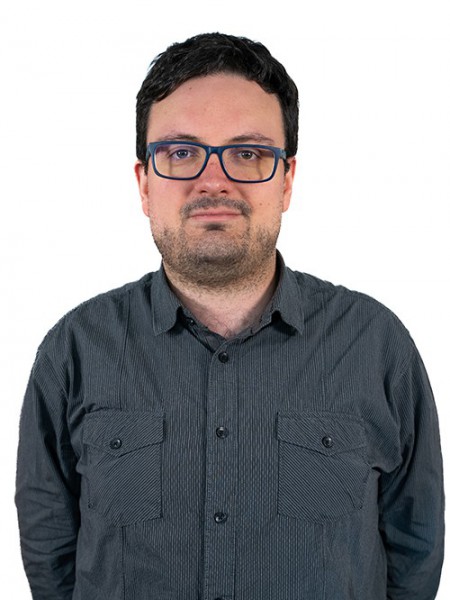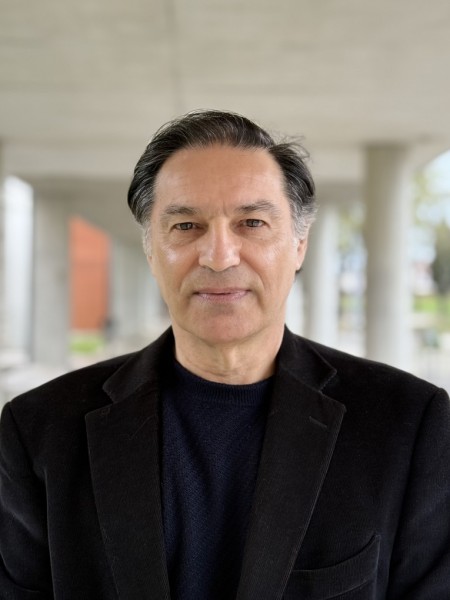abstract
Silica nanoparticles (SiO(2)NPs) are one of the most used in commercial products and biomedical tools, however, their environmental effects have not been fully described. Although negative effects of SiO(2)NPs on the behavior of freshwater invertebrates have been reported, the knowledge is limited, especially the effect of nanopowders in terrestrial organisms. Accordingly, the aim of the present study is to understand the effects of SiO(2)NPs on the avoidance behavior of five soil species, whose niche may differ thus contributing to differential harmful SiO(2)NPs effects. Hence, avoidance assays testing SiO(2)NPs concentrations of 0, 10, 100, 250, 500 and 1000 mg/kg were performed with Enchytraeus crypticus, Folsomia candida, Tenebrio molitor, Porcellionides pruinosus and Eisenia fetida. SiO(2)NPs induced different behavioral effects, depending on the invertebrate ecology/habitat, exposure route and physiology. T. molitor, P. pruinosus and F. candida did not avoid contaminated soil; however, E. crypticus and E. fetida significantly avoided SiO(2)NPs spiked soil. Since these terrestrial worms (oligochaetes) live mostly burrowed in the soil, this can provide greater opportunity for SiO(2)NPs' uptake. On the other hand, the other tested organisms mainly living on the upper part of the soil did not avoid the SiO(2)NPs spiked soil. The avoidance data obtained here also highlight the need for further studies to understand whether (or not) the detected behavioral responses are linked to either neurotransmission processes or sensorial aspects of the biological models.
keywords
ENCHYTRAEUS-ALBIDUS; FOLSOMIA-CANDIDA; TOXICITY ASSESSMENT; EXPOSURE TIME; NANOPARTICLES; TESTS; REPRODUCTION; ECOTOXICITY; TOXICOLOGY; LARVAE
subject category
Science & Technology - Other Topics; Materials Science
authors
Santos, J; Barreto, A; Nogueira, J; Daniel-da-Silva, AL; Trindade, T; Amorim, MJB; Maria, VL
our authors
acknowledgements
This research was funded by CESAM (UID/AMB/50017/2019), by CICECO-Aveiro Institute of Materials (UIDB/50011/2020 and UIDP/50011/2020), by the project UNRAvEL (POCI-01-0145-FEDER-029035) funded by FEDER, through COMPETE2020-POCI, and by national funds (OE), through FCT/MCTES (PIDDAC). J. Santos has an UNRAvEL fellowship (BI/UI88/8535/2019) and A. Barreto a contract researcher from the project UNRAvEL (POCI-01-0145-FEDER-029035). V.L. Maria contract researcher is funded by national funds (OE), through FCT in the scope of the framework contract foreseen nrs. 4-6, art. 23, DL 57/2016 August 29, changed by Law 57/2017 July 19.




